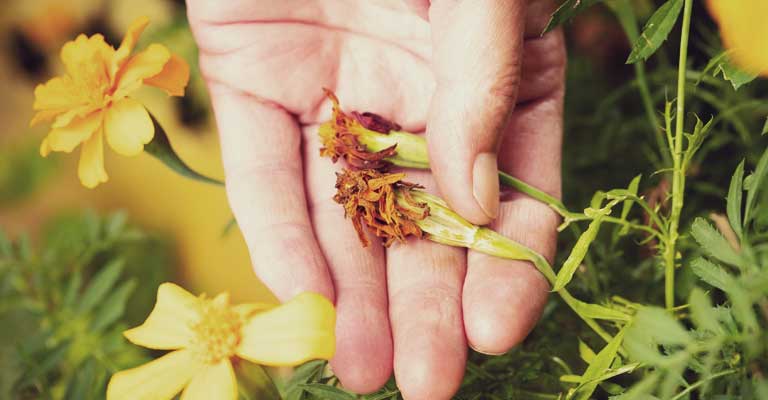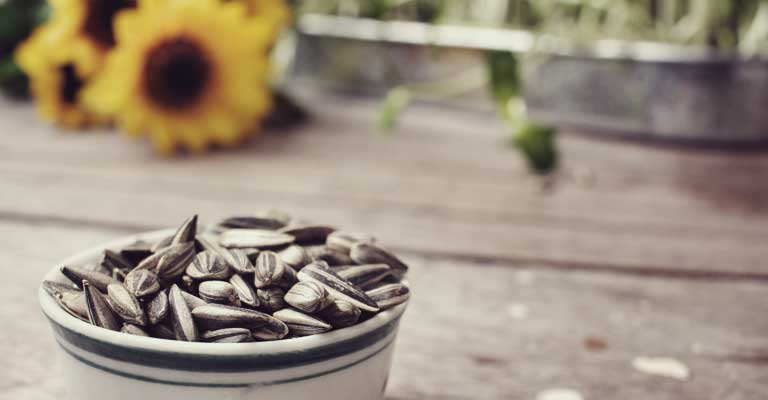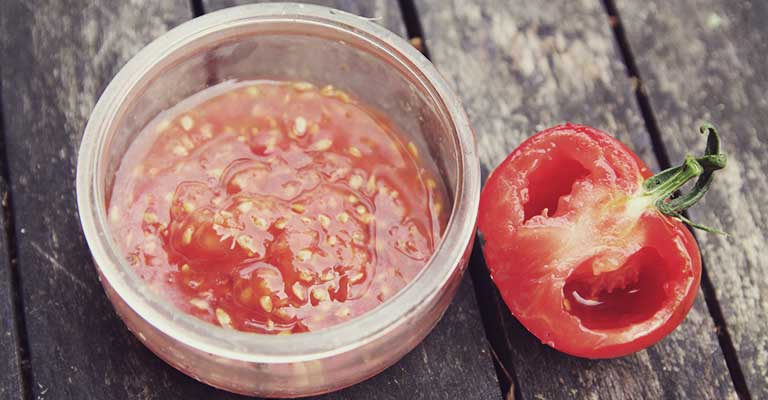
Our grand-parents used to collect their own seeds from plants grown in the vegetable garden or flower beds. For a few years now, come spring, most people buy seeds in a store or garden center. Our grand-parents used to collect their own seeds from plants grown in the vegetable garden or flower beds. For a few years now, come spring, most people buy seeds in a store or garden center.
Collecting your own seeds requires time, so why is doing it a good idea? Here are a few benefits to keep in mind:
It is recommended to harvest seeds from several plants, to allow for genetic diversity. Here is how to collect seeds from your favourite vegetables, fruits and flowers.

You must let the flowers wilt on the plant so the seeds ripen. Then, it will be important to let the seeds at the center of the plant turn from green to brown. This means they are ready to be harvested.

When growing your vegetables, it is important to identify the seedplants that will be used solely to produce seeds for future harvests. It is recommended to keep them away from regular plants. You must let vegetables/fruits develop until they are fully mature. Then, when harvested, you can collect the seeds to dry them. Collect them about 15 days after harvest.
Here are a few vegetables/fruits that are easy to grow as seedplants:
In the case of beans and peas, collecting the seeds is simple. Just let the pods dry completely on the plant and collect the seeds inside.
Several other vegetables/fruits must be harvested when they go to seed, and then flower. The seeds will ripen slowly and will be ready for harvest about 15 days later. Here are a few interesting options:
When saving seeds, it is essential to prevent them from rotting. Start by cleaning them with a solution of water and a little vinegar. Let them dry in the open air in a dry, shady location, on a paper towel. Remove all impurities and place them in an envelope or paper bag. Finally, store them in a cool, well-aerated place, away from the light. Don't forget to identify the seeds.
Subscribe to our newsletter to receive our gardening tips, news and more directly in your inbox! Fill in the form below. Please note that fields with an * are required.